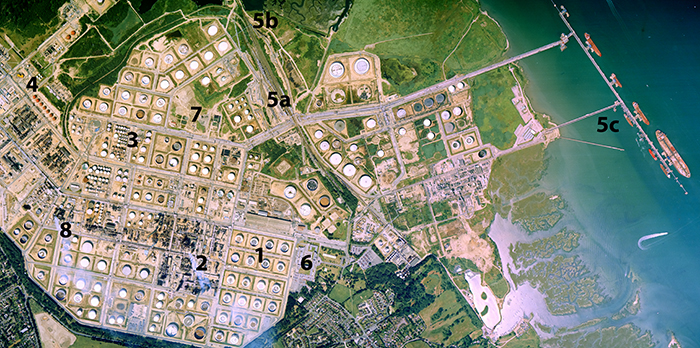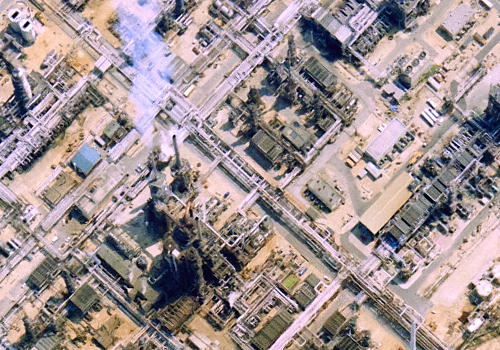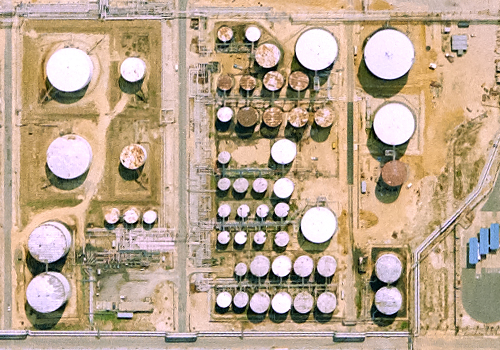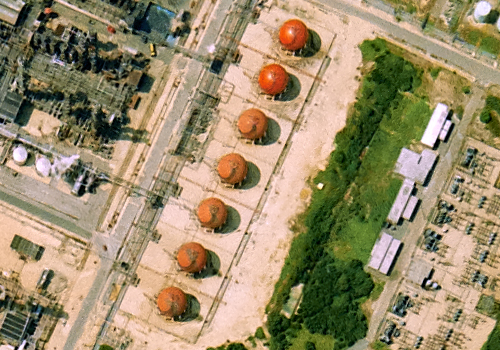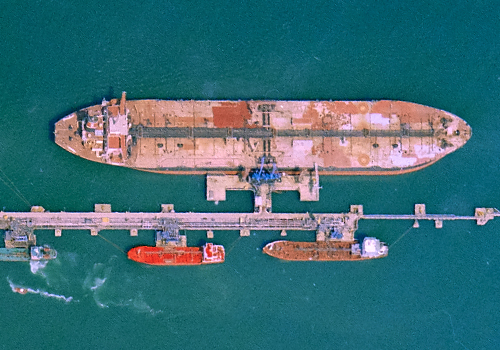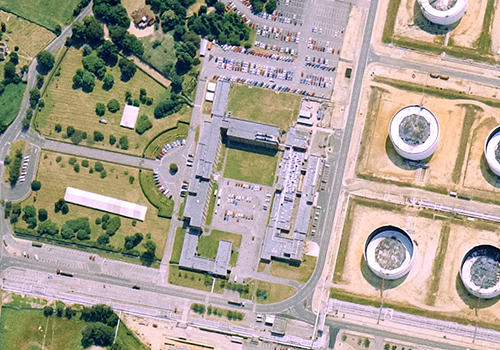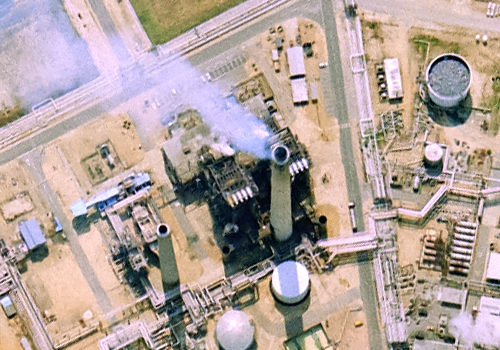Oil Refinery
Oil refineries produce petroleum, oil and lubricants essential to the modern world. They separate the main fractions of crude oil into a wide variety of hydrocarbons, from gases such as methane to liquids such as bitumen. Refineries occupy large sites, as they require lots of space for the storage of crude oil and finished products.
This feature uses aerial imagery of the oil refinery at Fawley, Hampshire, to illustrate the essential elements of an oil refinery. Fawley is the largest oil refinery in the UK, producing 20% of the UK's petroleum, oil and lubricants.
